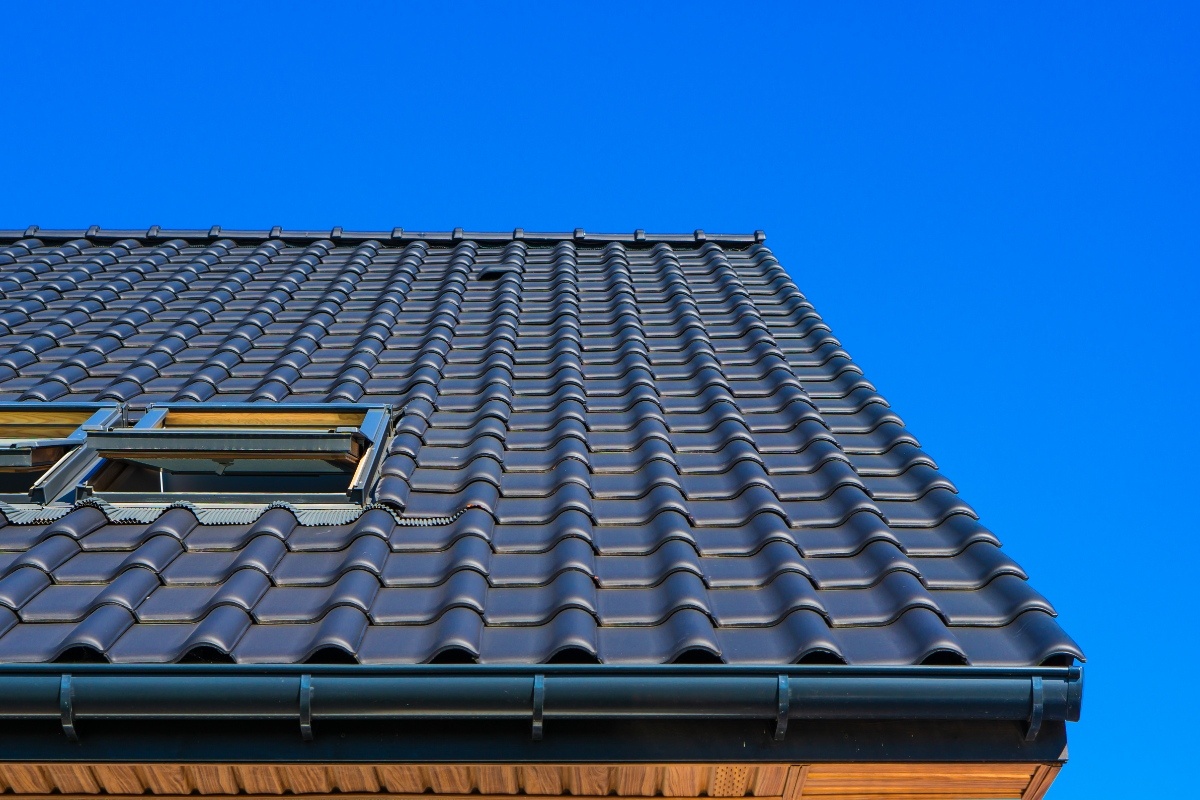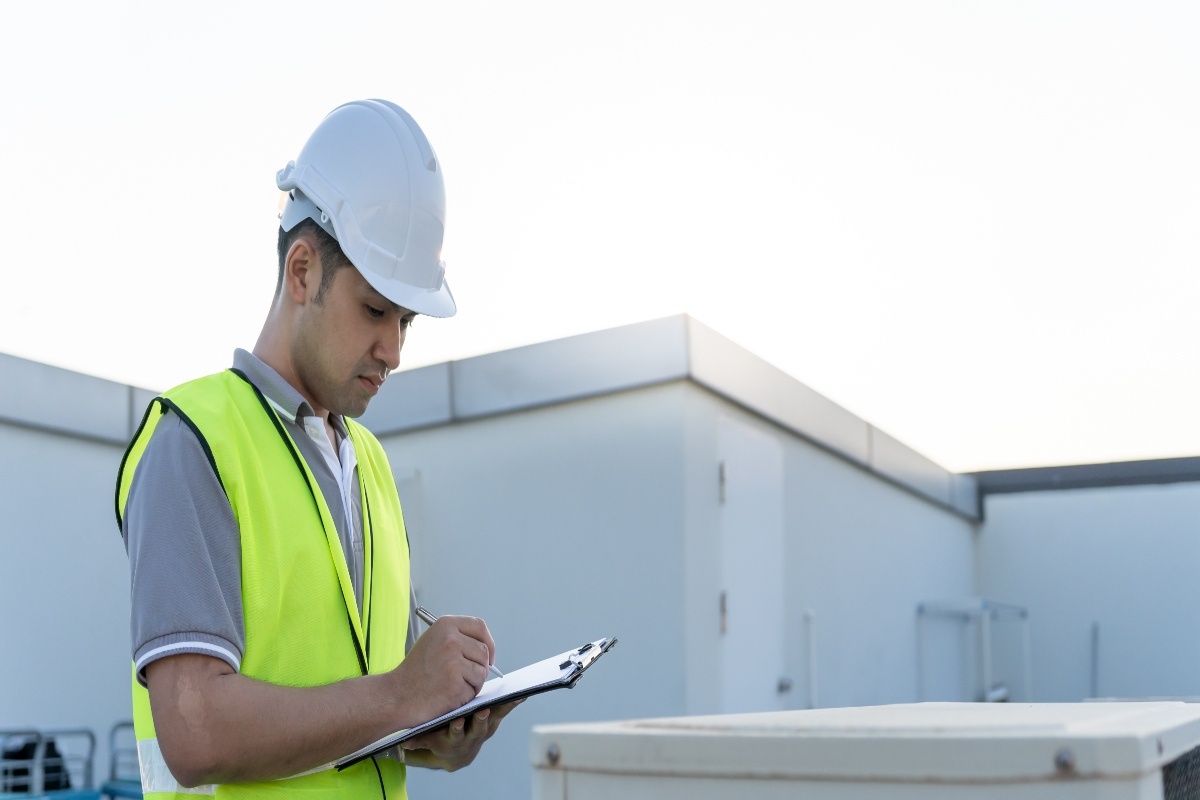Most homeowners in Singapore only call a contractor when they see water dripping from their ceiling. By then, the damage is already extensive, including hidden seepage, weakened structures, mould growth, and costly renovations. The truth is that roof waterproofing repair should never be treated as a reactive fix. It’s a preventive investment. Unfortunately, many property owners overlook the fact that different roof types require different roof waterproofing solutions, and that not all contractors reveal the full range of methods available.
Metal Roof vs. Concrete Roof – Different Problems, Different Solutions
Not all roofs leak the same way, and yet many homeowners fall into the trap of assuming one waterproofing method works for all.
Metal Roof Leak Repair
Metal roofs expand and contract under Singapore’s hot sun and sudden rainstorms. Over time, this movement causes screws to loosen, joints to open, and rust to form around weak points. Simply applying sealant on the visible cracks doesn’t solve the issue. Proper waterproofing for metal roof systems must include anti-rust treatment, re-sealing of joints, and in many cases, applying a protective membrane that can withstand thermal movement.
Concrete Roof Waterproofing
Concrete roofs face an entirely different set of problems. They absorb water, leading to hairline cracks, seepage, and surface deterioration. Left untreated, this compromises structural safety. Effective concrete roof waterproofing requires crack injection, resurfacing, and the right type of membrane that allows flexibility while preventing water ingress.
The Common Mistake
Applying the same quick-fix to both metal and concrete roofs is one of the biggest causes of recurring leaks in Singapore homes. A professional assessment is the only way to determine which roof waterproofing repair method works for your property.
Little-Known Roof Waterproofing Techniques
Most contractors only talk about basic membranes and sealants. But specialists use advanced techniques rarely disclosed to homeowners.
- Nano-Coating Technology: These coatings bond at a microscopic level, creating invisible barriers that repel water. Ideal for complex surfaces, this cutting-edge roof waterproofing solution extends durability without altering the roof’s appearance.
- Liquid-Applied Membranes vs. Sheet Membranes:
- Liquid-applied membranes form a seamless protective layer, reducing weak points.
- Sheet membranes, on the other hand, are prefabricated and provide excellent durability for larger flat surfaces.
Choosing the right one depends on your roof’s condition, something only experienced roof leak specialists can advise.
- Hybrid Systems: For rooftops with tricky designs (such as condos with planter boxes or multi-tiered terraces), specialists combine multiple methods. Hybrid waterproofing for roofs ensures coverage where single solutions might fail.
Myths About Roof Waterproofing in Singapore
Many homeowners spend thousands on repairs because they believe common misconceptions:
- “A coat of paint is enough.”
Paint may improve appearance, but it does not stop seepage. In fact, relying on paint often masks early signs of water damage until it’s too late. - “Metal roofs don’t need waterproofing.”
Wrong. While metal is less porous than concrete, joints, screws, and overlaps are highly vulnerable. Without proper metal roof leak repair, expansion and corrosion will cause leaks. - “Concrete roofs are permanent.”
Concrete is durable but far from immune. Water seeps into micro-cracks, which widen over time.
How Roof Leak Specialists Protect Your Investment
DIY Repairs Often Fail
While online tutorials make DIY waterproofing look easy, reality is different. Hardware store sealants peel within months, and incorrect application traps moisture instead of repelling it.
Value of Professional Roof Waterproofing Services
Engaging professional roof waterproofing services ensures the right materials and methods are used. Specialists also provide warranties, peace of mind that DIY cannot offer.
Case Study
The Mimosa Hotel, located near the Atlantic Ocean coastline, faced severe damage to its flat concrete roof from years of weathering and salt air exposure. Traditional roofing systems were vulnerable to hurricane damage, so the owner opted for the TechCrete 2500 Waterproofing System, which integrates with the concrete itself to provide a highly durable and hurricane-resistant barrier. This advanced solution offered decades-long protection, subsurface waterproofing capabilities, and certification for use over occupied spaces. The choice effectively sealed existing cracks and prevented new ones, extending the roof’s lifespan and safeguarding the building against extreme weather conditions.
Long-Term Maintenance Hacks
Even the best system requires upkeep. Homeowners who overlook maintenance often face premature failures.
- Annual Inspections: Catch minor cracks, rust patches, or early seepage before they escalate.
- Preventive Coating Reapplications: Protective coatings wear down under Singapore’s harsh weather. Regular reapplications extend roof life.
- Spot Early Warning Signs: Water stains on ceilings, damp patches on walls, or musty odours are red flags. Don’t ignore them. Contact a roof waterproofing services provider immediately.
Conclusion
In Singapore’s tropical climate, roof waterproofing solutions are not optional luxuries but essential safeguards. Ignoring preventive maintenance and relying on myths often leads to costly structural damage. Whether it’s waterproofing for concrete roof cracks or metal roof leak repair, the right professional approach can save homeowners thousands in the long run.
When evaluating contractors, look for roof leak specialists who explain their methods, provide transparent warranties, and recommend solutions tailored to your roof type. Investing in proper roof waterproofing repair is more than just fixing leaks; it’s a smart financial decision that protects your property’s value and your peace of mind.





